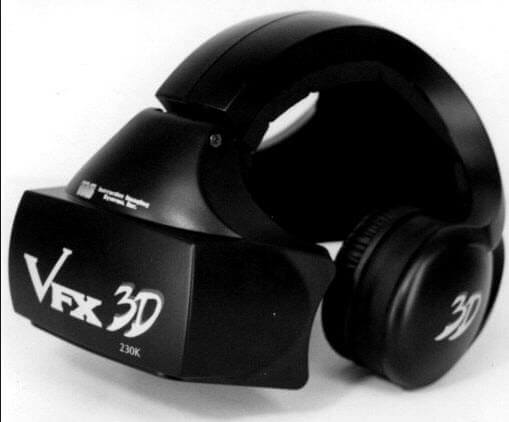

#Virtual io iglasses Pc
A screen quality comparable to PC of the time and at a price tag that customer will be able to afford. Based on the unsuccessful released of the VictorMaxx HMD, Virtual I-O was able to define what balance they wanted to achieve. With a stereoscoping 505 x 230 resolution display, the CyberMaxx was a real contender for best VR HMD on the market, but with a price tag of $699, the price/quality balance was not met and the sales of the CyberMaxx were low, very low. This time around, the product was a more robust HMD in terms of specs. In November 2004, VictorMaxx released their new VR Headset call the CyberMaxx. The product was quickly discontinued, showing Virtual I-O that their product needed to be the perfect balance between cost and quality if they wanted mass adoption. But the monoscopic display of the StuntMaster turned out to be a pale attempt at VR. The VictorMaxx StuntMaster became the first consumer-grade HMD, beating the upcoming Sega VR to the punch.

The newly formed company called Virtual I-O, started working on their Virtual Head mounted display (HMD).īy August 20, 1993, the first home VR system was finally released. TCI became the startup’s largest investor. Malone saw promise: Here was a technology that could spur 3-D cable channels and VR videogames. Amadon and Rhoads spent an evening in his garage setting up the equipment, including a rare 3-D camera borrowed from a Japanese company, to demonstrate an early version of their glasses. Along with their 900 pounds of computers and video equipment, Greg Amadon and Linden Rhoads finally meet with John Malone, CEO of Tele-Communications Inc. The duo pitched their idea to Bill Gates, Craig McCaw, and other techno-savvy tycoons that they thought might be interesting to invest in their product. The biggest problem with VR system was the cost which makes them too expensive for home use, but Amadon & Rhoads were sure that with the current technology, it was now possible to create a low-cost VR system. Although VR headsets were already existing in manufacturing processes and more recently, in arcades, there was no product for home users. So my first question is: What other games are using similar movement schemes.In 1993, Greg Amadon and Linden Rhoads had an idea to launch a virtual reality for home use. And yet, when using the incremental system it's still a satisfying FP experience. And I can promise that it's not just the inherent blockiness of the game that keeps my upchuck reflex in check. As in, I can play for hours without it affecting me. Minecraft's default incremental turn and movement system completely eliminates the motion sickness issue. Then I was surprised to find an outstanding solution in an unexpected place - Minecraft. That said, I find the "teleport from place to place" solution as frustrating as everyone else. I can get nauseated by a five minute session with the average FPS on a headset. However, as fascinated as I've been with VR for over twenty years, my stomach has never much agreed with me. As in I played 'Dactly Nightmare and own a set of Virtual I/O iGlasses which I used back in the day for low-res games of Descent.


 0 kommentar(er)
0 kommentar(er)
